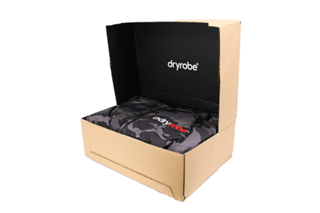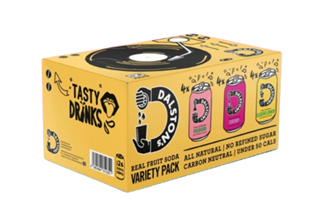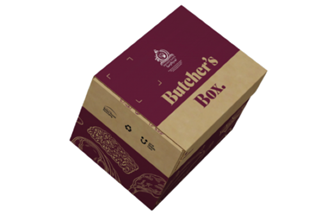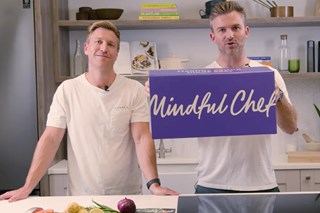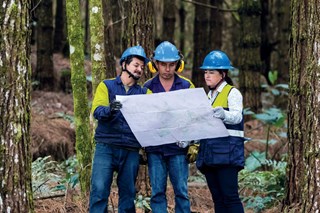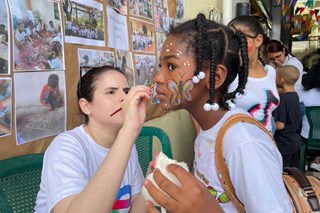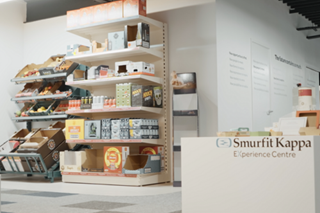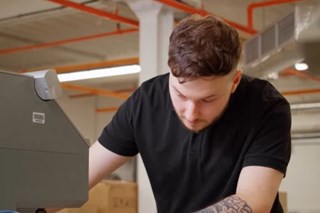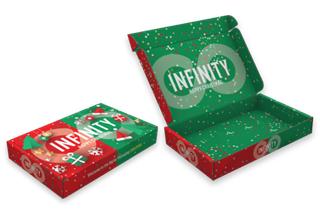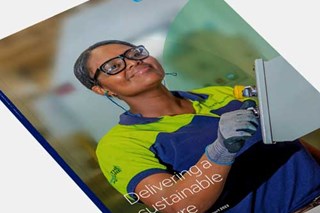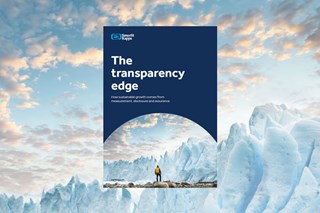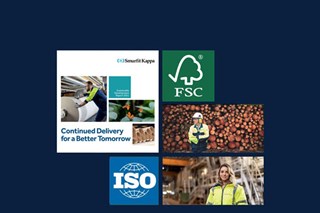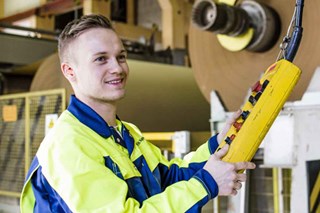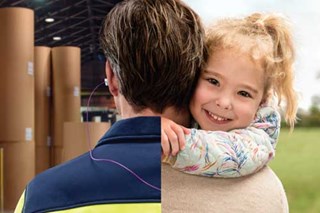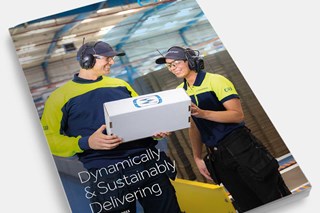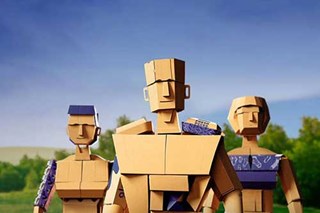Smurfit Kappa is leading recycler of paper and cardboard, reprocessing over 8 million tonnes each year. Our circular business model means we make new boxes from old boxes.
Paper and Cardboard Recycling Tips: How to be an even better recycler!

Keep up the good work!
Paper and cardboard recycling is a success we should all be proud of. A cardboard box can be recycled up to 25 times making it the most recycled packaging material in Europe. Recycling is now part of our everyday routine and although we’re doing a great job, there is always room for improvement. Keep reading to learn about recycling contamination and the common mistakes you might be making that could undo all your hard work.
What is recycling contamination?
Contamination in recycling refers to anything that’s in your paper & cardboard recycling that shouldn’t be when you put it out for collection. Sometimes this is the result of ‘wishcycling’ – when we chuck without checking, in the hope that something is recyclable.
Why is recycling contamination bad?
If there are too many of the wrong things, it can mean that whole loads of paper can’t be recycled. Any paper & cardboard that is rejected for recycling may be sent for landfill or incineration which incurs costs that are borne by all of us, as taxpayers.
What’s the environmental impact of recycling contamination?
Rejected paper & cardboard means we are losing valuable raw materials for making new paper products. Each time a bale of recycled paper & cardboard is rejected, we lose the raw material for making around 20,000 new pizza boxes.

Tips to avoid contamination in your paper recycling.
By making sure the right things are in your paper & cardboard recycling bin, we can all help the planet, save money, and make the recycling process more effective.

